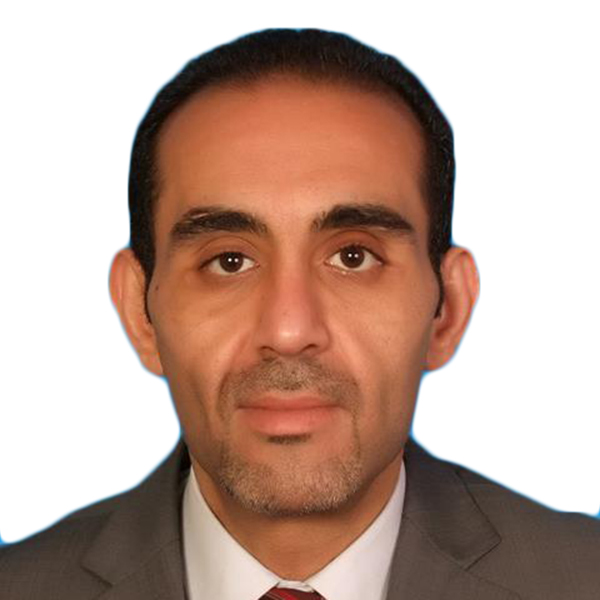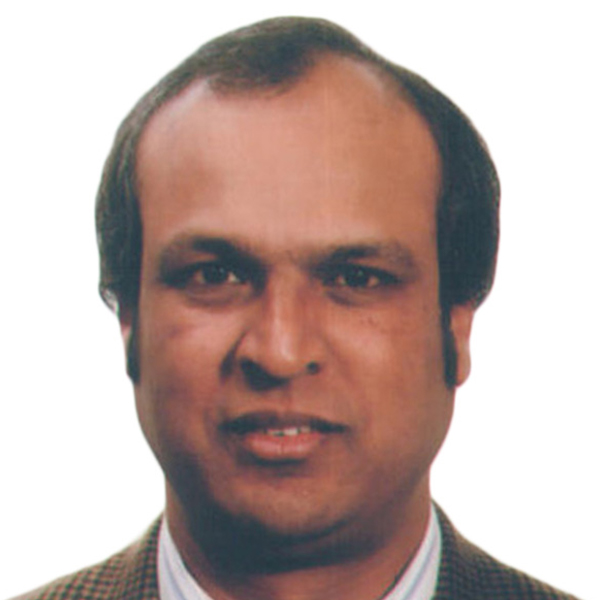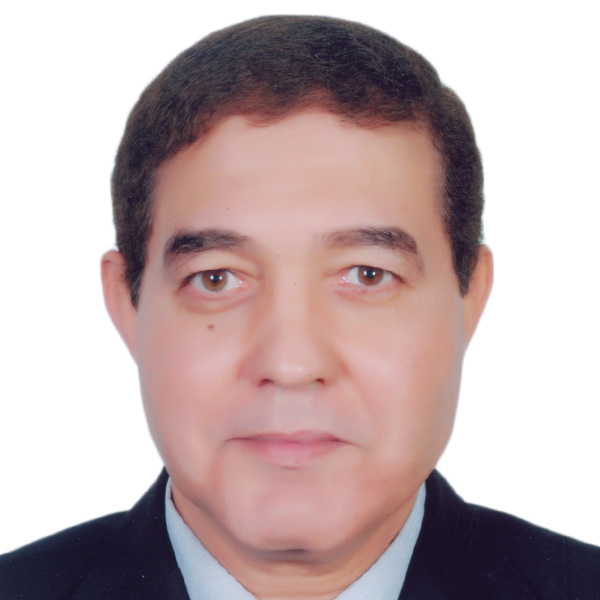EB1-2 Visa for Researchers & Professors
Foreign-born researchers and professors will find many great career opportunities in the United States.
Around 393,100 of the approximately 1.8 million post-secondary teachers in the United States are foreign-born, with about 31% of them moving to the USA during the previous five years.
Males account for about 56% and females make up around 44% of foreign-born post-secondary teachers in the United States.
Approximately 32% of all foreign-born teachers in the US are 25-34 years of age; 23% are 35-44; 16% are 45-54; 12% are 55-64; 9% are 65 years of age or older; and 8% are in the 18-24 age range.
In regards to education, about 43% of foreign-born teachers hold a Doctorate Degree; 33% have a Master’s Degree or Professional Degree; and 18% earned a Bachelor’s Degree.
The median yearly salary for foreign-born post-secondary teachers in the United States is around $67,000, while post-secondary teachers who were born in the USA earn a median annual salary of about $66,000.
It is worth noting that the median yearly salary for foreign-born teachers who are not US citizens is about $53,580, whereas naturalized US citizens who teach at the post-secondary level earn a median annual salary of around $83,000.
American higher education institutions and research facilities are among the best in the world, offering foreign scholars excellent academic and career opportunities.
In order to live and work in the USA, a professor or researcher will generally need to receive a US Permanent Resident Visa and Green Card (such as the EB-1 or EB-2) or Temporary Work Visa (such as the H-1B Work Visa).
This article will discuss how foreign-born researchers and professors can apply for the EB-1 or EB-2 visa and Green Card, so keep reading to learn the essential information!
Table of Contents
What is the EB1-2 visa?
Employment-Based (EB) US Immigrant Visas and Green Cards, such as the EB-1 and EB-2, allow eligible skilled foreign workers and their family members to live, study and work in the USA for an unlimited amount of time as Lawful Permanent Residents (LPRs) of the United States.
The EB-1 is a US Immigrant Visa for professors and researchers who have received international recognition for outstanding accomplishments in a certain academic field; or for individuals who have received national or international recognition for extraordinary ability in the arts, athletics, business, education or sciences; or for certain multinational executives or managers.
The EB-2 is a US Immigrant Visa for researchers and professors or other skilled foreign workers with an advanced degree (such as a Doctorate Degree or Master’s Degree) or for skilled foreign workers with a Bachelor’s Degree plus five years of relevant work experience in a particular specialty, or for individuals who have shown exceptional ability in the arts, business or sciences.
In regards to the focus of this article, both the EB-1 and the EB-2 can be a good US visa for professors or researchers to have.
A key distinction, however, is that the EB-2 may be easier for some people to obtain than the EB-1, since the EB-1 requires national or international recognition which some people have not attained.
Individuals who are issued an EB-1 or EB-2 US visa for professors or researchers along with the related Permanent Resident Green Card can enjoy many benefits such as:
- Living in the USA in any of the 50 states for an unlimited length of time
- Working in the US for an unlimited time period
- Sponsoring eligible family members for a US Permanent Resident Green Card
- Having the opportunity to buy a home and/or start a business in the USA
- Traveling to and from the United States according to the regulations
- Obtaining a driving license in the US state of residence
- Visiting any of the 50 states in the USA
- Enjoying equality and freedoms in the US that are protected by law
- Getting access to world-class US education programs
- Receiving Social Security benefits once the criteria are satisfied
- Applying for US citizenship after living in the USA 5 years and meeting other criteria
What is the application process for the EB1-2 Visa?
In order to apply for the EB-1B US visa for researchers and professors with national or international recognition for outstanding achievements in a certain academic field, you will generally need the following:
- A minimum of three years of experience researching or teaching in your academic field
- Satisfy two out of six criteria for outstanding researchers or professors
- Have a qualifying offer of employment with a US employer
- You must move to the US to pursue tenured teaching or research at a higher education institution or private employer
- The US employer will need to file a Form I-140 Petition for Alien Worker with USCIS and receive approval
- You will apply for the EB-1 Immigrant Visa with the US Embassy or Consulate by filing the Form DS-260 and paying the fee
- A consular interview will be scheduled at the American Embassy or Consulate in your country of residence
- Once approved for the EB-1B Immigrant Visa, the Immigrant Fee must be paid to USCIS to receive the Green Card
In order to apply for the EB-2A US visa for researchers and professors with an advanced degree, you will generally need to:
- Have an advanced degree (such as a Doctorate Degree or Master’s Degree) or have a Bachelor’s Degree plus 5 years of work experience in your specialty after completing your degree
- Receive an offer of employment from a US employer for a qualifying job that requires either an advanced degree or Bachelor’s Degree plus 5 years of work experience in your specialty after completing your degree
- Get a labor certification from the US Department of Labor (the employer normally applies for this)
- File a petition with USCIS and receive approval (this is normally done by the employer)
- You will apply for the EB-2 Immigrant Visa with the US Embassy or Consulate by filing the Form DS-260 and paying the fee
- A consular interview will be scheduled at the American Embassy or Consulate in your country of residence
- Once approved for the EB-2A Immigrant Visa, the Immigrant Fee must be paid to USCIS to receive the Green Card
In order to apply for the EB-2B US visa for researchers and professors with an exceptional ability, you will generally need the following:
- Demonstrate exceptional ability in the arts, business or sciences
- Meet a minimum of three of the criteria to show exceptional ability
- Receive an offer of employment from a US employer for a qualifying job
- Get a labor certification from the US Department of Labor (the employer normally applies for this)
- File a petition with USCIS and receive approval (this is normally done by the employer)
- You will apply for the EB-2 Immigrant Visa with the US Embassy or Consulate by filing the Form DS-260 and paying the fee
- A consular interview will be scheduled at the American Embassy or Consulate in your country of residence
- Once approved for the EB-2B Immigrant Visa, the Immigrant Fee must be paid to USCIS to receive the Green Card
Outstanding Professors and Researchers Documentation
You will need to provide documentation for a minimum of two out of six of the following criteria in order to apply for the EB-1B US visa for researchers and professors with outstanding achievements in a certain academic field:
- Proof of original scholarly or scientific contributions to research in the academic field
- Proof of being a member of an organization that requires its members to display outstanding achievement
- Proof of having received major awards or prizes for outstanding accomplishment
- Proof of having written scholarly books or articles (in scholarly journals with worldwide distribution) in the academic field
- Proof of material written by others about your work in the academic field that has been published in professional publications
- Proof that you participated, individually or on a panel, in judging the work of others in the same or related academic field
Processing Time
In general, the normal processing times are approximately as follows:
- EB-1A Immigrant Visa = 6-7 months
- EB-1B Immigrant Visa = 6-7 months
- EB-1C Immigrant Visa = 8-16 months
- EB-2A Immigrant Visa = 7-24 months
- EB-2B Immigrant Visa = 7-24 months
It should be noted that paying for premium processing can significantly reduce the normal processing time, the processing time can be longer for citizens of certain countries, and the processing times are subject to change depending on various circumstances.
Cost and Fees
There are certain costs and fees that must be paid when applying for a US visa for professors and researchers.
For example, there is a $700 government fee that the sponsoring employer normally pays when filing the Form I-140 Immigrant Petition for Alien Worker.
When it comes time to file the Form DS-260 Immigrant Visa Electronic Application, the skilled foreign worker (e.g., the researcher or professor) will usually pay the government application fee of $345 (for employment-based applications).
There is also the $85 biometrics fee that the skilled foreign worker needs to pay as part of the process to apply for the EB-1 or EB-2 Immigrant Visa.
After the EB-1 or EB-2 Immigrant Visa for professors and researchers is approved by the American Embassy or Consulate, the new US permanent resident will need to pay the online Immigrant Fee of $220 to USCIS so the plastic Green Card can be sent to the address in the United States that is specified.
Please note that there could be other costs and fees and the amounts are subject to change.
What happens at the interview?
During the scheduled consular interview, the main applicant and his or her family members (i.e., who also applied for a US Immigrant Visa) will meet briefly with a consular official at the American Embassy or Consulate in their country of residence.
The consular official will review the required documents that the applicant brought to the interview and ask some basic questions.
If approved for US immigration, the Immigrant Visa will be placed on a page of the passport(s) and the main applicant will receive a Visa Packet that must remain sealed and which will be presented to the Customs and Border Protection (CBP) officer at the port of entry upon arrival in the United States.
After being approved for the EB-1 or EB-2 US Immigrant Visa, the Immigrant Fee will need to be paid online to USCIS so that the United States Permanent Resident Green Card(s) can be sent to the specified address in the USA.
Can I apply on my own as a professor or researcher?
If you are a professor or researcher who is eligible for the EB-1A (Extraordinary Ability) Immigrant Visa, you do not need a labor certification or offer of employment from a US employer and can, therefore, file the petition with USCIS by yourself.
In the event that you are a researcher or professor who will be applying for the EB-1B Immigrant Visa (Outstanding Professors and Researchers), or the EB-1C Immigrant Visa (Multinational Executives and Managers), or the EB-2A Immigrant Visa (Advanced Degree), or the EB-2B Immigrant Visa (Exceptional Ability), then you will generally need an employer in the United States to offer you a qualifying job in the USA and to file a petition with USCIS (the employer may also need to apply for a labor certification with the US Department of Labor) and to receive approval before you can file the DS-260 Immigrant Visa Electronic Application.
Conclusion – How Can USAFIS Help You?
Foreign-born professors and researchers have many opportunities to live and work in the USA, but knowing which US visa to apply for can be a challenge since each visa sub-category has its own unique requirements and procedures.
USAFIS can provide you with a US Visa Assessment that will inform you about your best options to legally live and work in the USA.
You can also receive guidance from USAFIS to simplify the document-gathering procedure.
Frequently Asked Questions (FAQ’s)
What visa do professors get?
Which type of US visa professors get to live and work in the USA depends on their particular profile (e.g., education, work experience, major achievements, etc.). Some of the most common US Immigrant Visas that professors get include the EB-1A (Extraordinary Ability), the EB-1B (Outstanding Professors and Researchers), the EB-2A (Advanced Degree) or the EB-2B (Exceptional Ability). Many professors initially live and work in the USA with the H1-B Nonimmigrant Visa, which is a temporary US Work Visa that is valid up to 3 years, can be renewed for an additional 3 years, and has the option at the end of 6 years to apply for an Employment-Based Green Card. Another pathway for many foreign-born professors is to get a qualifying US job offer (for example, an academic role teaching at a university) and apply for the J-1 Exchange Visitor Visa, which can be valid for up to 5 years.
Do professors in the USA get Green Cards?
Yes, there are thousands of foreign-born professors in the USA with Green Cards for permanent residency. Many of these Green Card holders eventually become American citizens through the naturalization process.
How hard is it to get an EB-2 Visa?
The EB-2A Visa (Advanced Degree) may be easier for some people to get, particularly if they do not yet have a lot of major achievements, which are required for the EB-1A (Extraordinary Ability), EB-1B (Outstanding Professors and Researchers) and EB-2B (Exceptional Ability) visas. On the other hand, a professor or researcher with many achievements and/or years of experience may not find it difficult to apply for the EB-1A, EB-1B or EB-2B visas, other than needing to document the eligibility criteria. With the exception of the EB-1A Immigrant Visa, these other visa sub-categories require a qualifying job offer from an employer in the USA and that may or may not be a challenge to obtain.
Who is eligible for an EB-2 Visa?
There are two sub-categories of the EB-2 Visa. The EB-2A Immigrant Visa is for individuals with an Advanced Degree (such as a Master’s Degree or Doctorate Degree) or with a Bachelor’s Degree plus 5 years of relevant work experience. Furthermore, the job offer that must be received from an employer in the US needs to be for employment that requires an advanced degree. The EB-2B Immigrant Visa is for individuals with Exceptional Ability in the arts, business or sciences who meet at least 3 of the criteria (such as proof of holding a degree in an academic area of exceptional ability, being a member of a professional association, etc.).
How many Employment-Based (EB) Immigrant Visas are approved each year?
During Fiscal Year (FY) 2021, the US State Department issued 19,779 Employment-Based (EB) Immigrant Visas at its embassies and consulates around the world, whereas USCIS issued 175,728 Employment-Based Immigrant Visas via adjustment of status to people living in the USA as temporary legal residents (a combined total of 195,507).
What is the wait time for EB-2 Visas?
The overall wait time for EB-2 Visas is around 7-24 months, depending on a person’s country of citizenship and other factors.
Which is better: EB2 or EB3?
The EB-2 Visa may be better for individuals with an advanced degree (such as a Master’s Degree or Doctorate Degree) or a Bachelor’s Degree with 5 years of relevant work experience, or those who meet the criteria for exceptional ability. The EB-3 Visa may be better-suited for skilled foreign workers whose job requires at least 2 years of experience or training to perform, or for professionals whose job requires a Bachelor’s Degree and who are members of a profession, or for ‘unskilled’ workers whose jobs require less than 2 years of experience or training to perform.
How many citations for EB2 Visas?
There is no official required number of citations for EB2 applications. Applicants for the EB-2B Visa (Exceptional Ability) must satisfy at least 3 of the criteria to qualify. It is possible, however, that providing additional relevant evidence (such as citations) could make a stronger case for having exceptional ability under the EB-2B Visa sub-category.
How do you qualify for a J-1 Research Visa?
The J-1 Exchange Visitor Visa has a sub-category for research scholars and professors who hold at least a Bachelor’s Degree who will work full-time in an academic role to conduct research, teach or lecture at a higher education institution in the United States for at least 3 weeks and up to 5 years in a non-tenure-track position.
Do professors get an H-1B Work Visa?
Yes, many foreign-born professors live and work in the USA with an H-1B Work Visa, which is valid for up to 3 years, can be renewed for up to an additional 3 years, and it has the option after 6 years to apply for an Employment-Based (EB) Green Card through adjustment of status. There is a limit of 85,000 H-1B Work Visas that can be issued each year, however, eligible school employers in the United States (such as certain colleges and universities) are exempt from the annual limits and can hire foreign-born teachers at any time of the year.
Is it easier to get an H-1B after PhD?
Individuals with a PhD have an advantage when applying for an Visa, because if they are not selected in the lottery for people with advanced degrees, they will get entered into the regular lottery and have another chance to be selected.
How long can I stay in the USA after PhD?
An F-1 international student has different options to stay in the USA after receiving a PhD. One option for an F-1 student is to receive up to 12 months of Post-Completion Optional Practical Training (OPT) after graduating with a PhD. If the PhD was in a qualifying science, technology, engineering or mathematics (STEM) field of study, the F-1 student could work in a STEM OPT for up to 36 months. There is also a J-1 Exchange Visitor Visa that can be issued for up to 5 years so foreign-born researchers and professors can conduct research, teach or lecture at a higher education institution. Another option is to get a qualifying US job offer and apply for an H-1B Work Visa, which can be issued for up to 3 years, be renewed for up to 3 additional years and has an option to apply for a Green Card. A foreign student who earns a PhD could also get a qualifying US job offer and apply for an Employment-Based EB-2A (Advanced Degree) Immigrant Visa and Green Card for permanent residency.
What Our Clients Say






